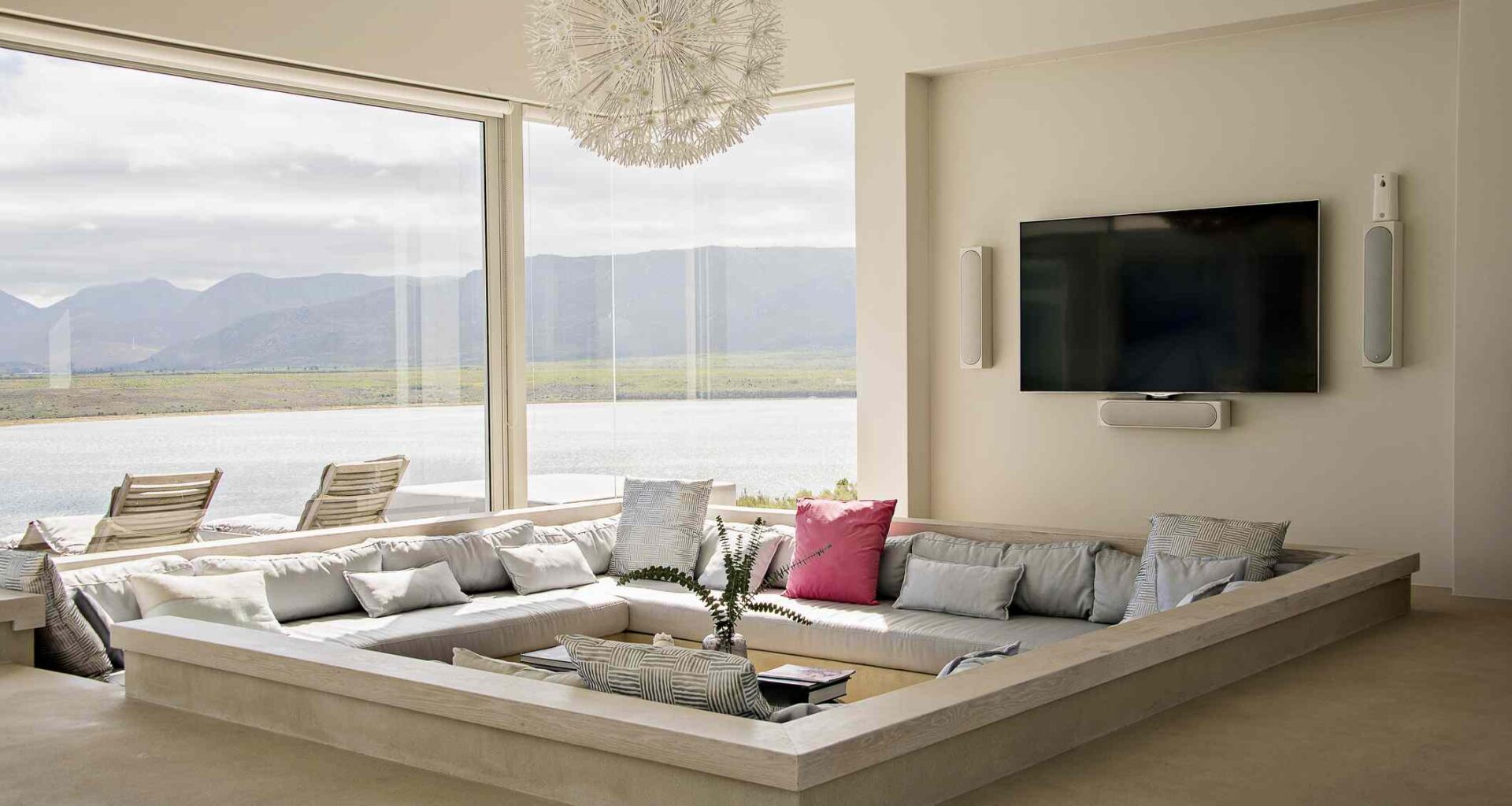Key Points
Formal, industrial, sunken, and transitional living rooms are missed most by designers.The move toward modern, mid-century, and warmer decor styles has led to fewer of these.If you like these styles, try incorporating them through small touches emblematic of the wider style.
Talk of trends always surfaces this time of year, but what about the styles that once were in the limelight and have yet to see a resurgence?
We spoke with several interior designers who offered their takes on living room styles that aren’t nearly as common as they once were (or dare we say, are outdated), but that they miss. The styles they named are certainly nostalgic, and maybe soon, they’ll have their renaissance once and for all.
Industrial Style Living Rooms
Credit:
Westend61 / Getty Images
While minimalism has reigned over the last several years, it’s emerged through a warmer lens with organic, fluid shapes. So, styles like industrial haven’t been as popular in homes, as they highlight more utilitarian elements that are visually colder (like concrete and steel) and sharper.
“I’ve always appreciated how forgiving industrial interiors are and how accessible the style is,” says interior designer Vanessa Larsson. “It’s easy to build over time, and you could bring in your own artifacts and they’d fit naturally into the space.”
Because of its popularity, Larsson says it lost the intrigue surrounding it. You’ll still see it in offices, co-working spaces, cafes, and restaurants, but rarely in living rooms. That said, she can envision it returning at some point, but with a contemporary twist.
“To get back on the map, it needs a shift in color and texture. Mixing in warm tones, perhaps coloring all walls, or maybe even a colored kitchen, to live up to the classic grey and brown tones,” she says.
Want more design inspiration? Sign up for our free daily newsletter for the latest decor ideas, designer tips, and more!
Transitional Living Rooms
Lauren Lerner, founder and principal designer of Living with Lolo, misses the transitional style that peaked during the mid-2000s. These rooms held darker woods and incorporated warmer color palettes. They also had layers of drapery and furniture with tailored upholstery.
“Those rooms had soul,” she says. “Every detail from the trim work to the fabric choices added a layer of personality. They felt lived-in and intentionally designed, not just styled for a photo. I love that balance of refinement and comfort, where you can see the craftsmanship but still want to sink into the sofa.”
Although it’s been some time since they were the go-to look, Lerner says she’s already seeing the beginnings of a resurgence, with clients opting out of all-white rooms.
“I think the next wave of design will blend that nostalgic coziness with the clean lines we love now,” she says.
Art Deco Living Rooms
Credit:
The current lack of interest in Art Deco makes sense with the adoration for neutral colors and minimalism, but there’s much to pull from it; it’s a style that’s so full of richness.
“It breathes decadence and glamour,” Larsson says. “Being inside a well-designed Art Deco space makes you feel like one of Fitzgerald’s characters.”
The decrease in popularity can also be attributed to how tricky it is to get right. Unsuccessfully, it’s quick to turn tacky, according to Larsson, and the blend of materials and finishes requires a delicate hand and careful eye.
“Rather than this style re-emerging fully, I can see it blending with mid-century modern into a mid-century Deco,” she says.
Formal Living Rooms
Rooms with specific purposes ebb and flow in popularity. We saw a major move toward open concept layouts over the last decade, but then watched as they receded during 2020 as people spent more time at home.
Once more, they’re back and popular again. However, designer Natalie Dixon deeply appreciates defined spaces, and specifically misses formal living rooms.
“When you host, it’s truly lovely to have a separate area to sit and enjoy guests without being exposed to all the smells, noise, and clutter of the kitchen—a major drawback of the ubiquitous open-concept plan,” she says.
Having this space—designated purely for socializing, hosting, and entertaining—offers a more welcoming atmosphere.
Sunken Living Rooms
Credit:
Eric Audras / Getty Images
Warm woods, bold patterns, and cloud-like, rounded couches have all reemerged after the ’70s; however, not everything from this decade has resurfaced. One such example is a sunken living room, which designer Jamie Gasparovic loves and misses.
“The cozy nostalgic factor is so high on them, and they just make you want to settle in with a drink and a killer conversation,” she says.
With our ever-growing love of streaming, consuming media, and socializing with people at home, these seem like the perfect spaces to host and cozy up. They feel separate and part of the home all at once, yet they remain relatively absent in a majority of homes.
“I think the ’70s are making a big comeback in design, so a resurgence of the sunken living room could very well be on the horizon,” she says.
Traditional Living Room Symmetry
Traditional living rooms may not be as pertinent as their ultra-modern counterparts, but they have many redeeming features worth embracing in your room design nowadays. One of those things Dixon misses is just how well these rooms perfected symmetry.
“I feel that many modern, asymmetrical furniture groupings often throw off the overall balance and harmony of a room,” she says. “Symmetry provided an inherent structure and feeling of order that is often lost today.”
Whether you lean into traditional styles or incorporate pieces and elements inspired by the movement, symmetry is the perfect takeaway.

